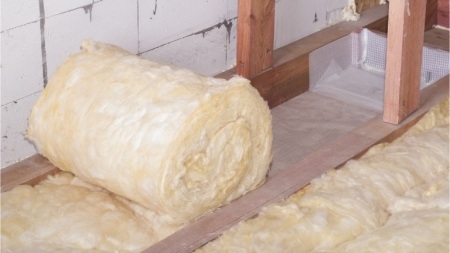
Busting myths about nuclear energy
There's lots of talk about nuclear energy, but what's true and what's not? Let's bust some myths! In this article, we'll talk about common misconceptions about nuclear energy and lay out the facts about this often misunderstood power source.
Myth 1: Nuclear energy is not safe
Fact: Safety is at the heart of everything we do at EDF. We've operated safely in the UK for over six decades out of our eight power stations. Nuclear power is one of the most highly regulated industries in the UK.
We take our responsibility very seriously and work closely with the Office for Nuclear Regulation, the UK’s independent nuclear regulator for safety, security and safeguards.
Myth 2: Nuclear energy contributes to carbon emissions
Fact: Nuclear is a low-carbon energy source. It’s got one of the smallest carbon footprints. HPC will save 9 million tonnes of CO2 annually – equal to taking 4 million cars off the road yearly.
Nuclear power itself generates zero carbon emissions, as the steam that drives the turbine engines is created by heating water through safely controlled atomic fission - not by burning carbon-rich fossil fuels like coal and gas.
Myth 3: We don't need nuclear power in the UK
Fact: In the UK right now, there's a huge and ongoing demand for electricity. And in fact, alongside wind and solar, nuclear is part of the solution – being able to power our homes with low-carbon electricity.
Where wind and solar energy rely on the weather, nuclear can always provide power. Nuclear is an important part of the UK’s low-carbon energy mix – something we can’t simply ‘turn off’.
Myth 4: Nuclear waste needs to be stored forever!
Fact: Most nuclear fuel can be recycled to create new fuel or byproducts. A small amount of nuclear waste does need to be stored, but for less than 300 years (not thousands).
Over 90% of the waste produced from nuclear power stations is classified as low or intermediate-level waste. That includes things like scrap metal, paper, plastics and clothing, most of which can be processed at a repository in Cumbria.
A small amount of nuclear waste is classed as high-level waste and does need to be stored long-term. The main hazard with high-level waste is radioactivity, although this diminishes with time.
The nuclear industry has developed many technologies to deal with the waste produced. At the moment, nuclear waste is stored above ground. These stores, on the surface, can be kept safe for decades. Ultimately, the UK Government is establishing a Geological Disposal Facility (GDF) to provide a permanent solution for this type of waste.
Geological disposal is when nuclear waste is placed into special containers, which are then placed in tunnels and vaults under many hundreds of meters of solid rock.
EDF will store all the nuclear waste and spent fuel produced by new power stations onsite during their 60-year operational period. The site will then go into a decommissioning programme, and the waste will be transferred for long-term storage. Decommissioning involves shutting down the power station safely so it no longer needs radiation protection measures.
Myth 5: Exposure to radiation only occurs from a nuclear power station
Did you know that radiation occurs naturally in foods such as Brazil nuts, bananas and coffee?
We might not know it, but we're all exposed to background radiation daily. It's all around us and occurs naturally, as well as being produced artificially.
Radiation from the nuclear industry is actually much lower than what occurs naturally.
Learn more about our nuclear projects and how we're leading the way to a low-carbon future.
Related articles

ECO+ scheme to help more customers insulate their homes in 2023

What you need to know about the planned RTS meter shutdown
